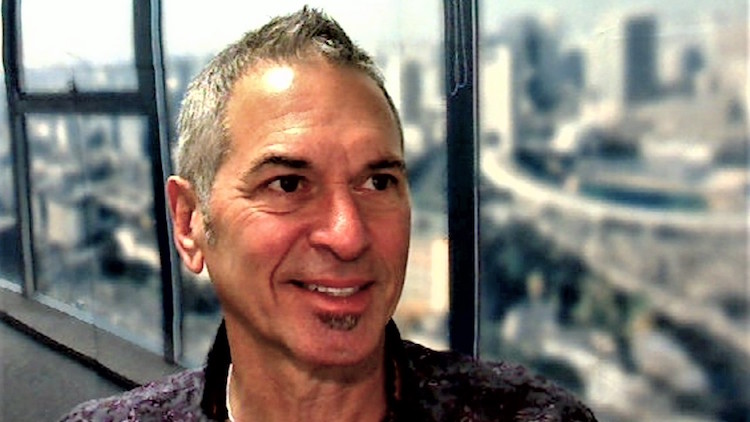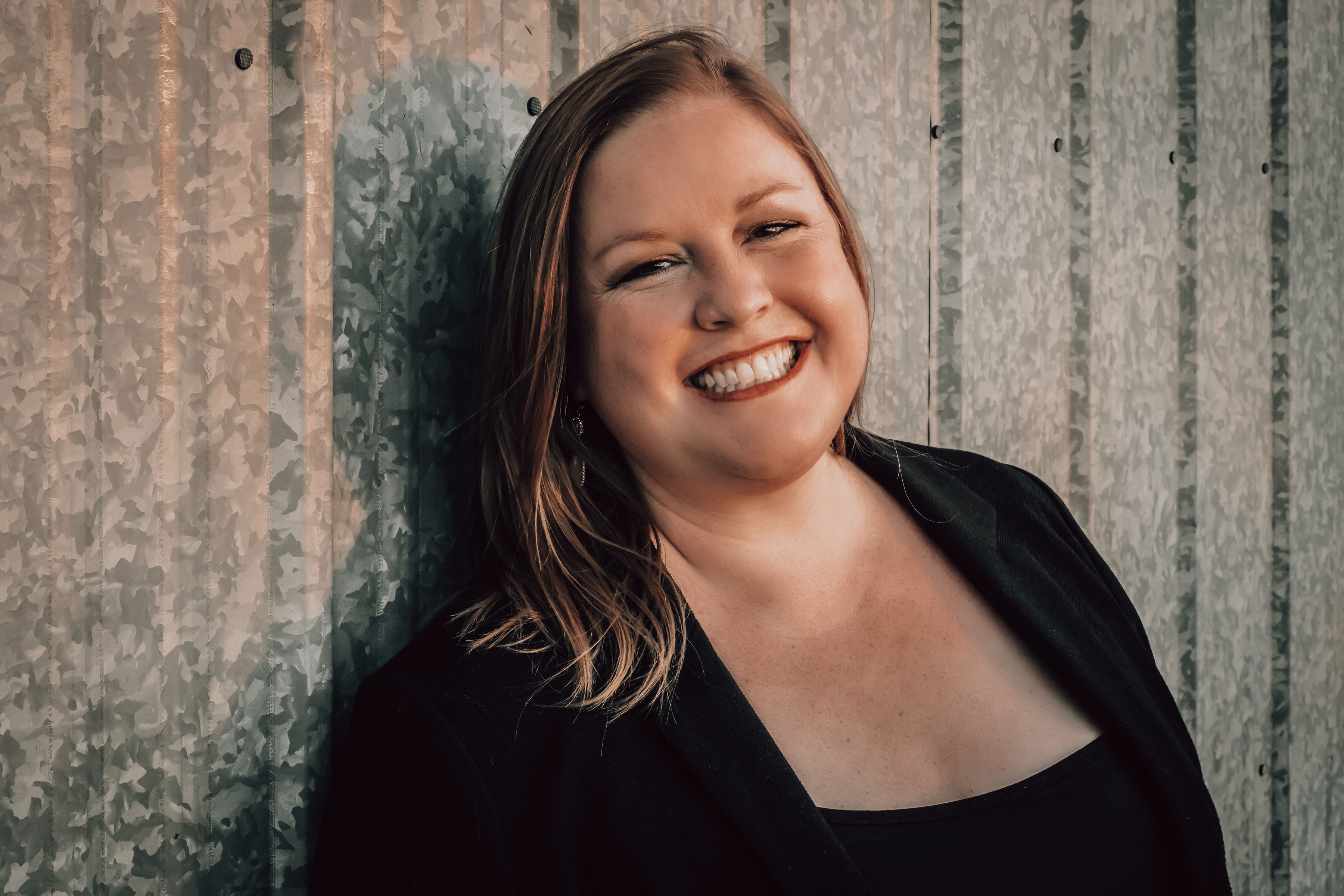“There’s a reason it’s called a plan,” said David Schwartz. And Schwartz, for one, is a fan of plans, which results in his “unique way of doing business.”
His passion for planning and processes comes from many years of working with architects. “There are architectural standards—symbols, plans, names of plans, drawing numbers, and things like that, so we took that on early and started doing business that way,” he said. Setting up shop like this allowed for his audiovisual schematics to be easily integrated into architectural plans, and ensured continuity across the board.
With a pun fully intended, Schwartz joked, “Standards at the BOM. There’s always a bill of materials (BOM), and there’s a standard right there. That is what drives a project in the list of materials. That’s how you figure out how you’re installing things, the time it takes to install, and if you miss something in that BOM, it’s going to carry through the entire project.”
Schwartz’s commitment to these processes led him to create and direct Abercrombie & Fitch’s (A&F) first-ever AV technology division. A&F started out as a client of Essential Communications, of which Schwartz is founder, owner, and president. A&F “liked our procedure and the way we handled drawings and integrated the drawings into the construction packages,” according to Schwartz.
His move to A&F was “one of the toughest decisions” he’s made in his career, but, with an unsteady market ahead, and nobody to fill the “presidential shoes” at Essential Communications, Schwartz made the decision to temporarily “shut down” his company in order to make the move to A&F.
Once he settled into his full-time role at A&F as the company’s director of audio and visual technology, his standard “sort of took on a life of its own,” and the company used them as its standard across all its corporate brands, from general AV planning, all the way down to the symbol used for loudspeakers.
“If somebody was looking at plans, let’s a say a construction manager, and went from one AV brand to another AV brand, they didn’t know [what it was], and they’re not audio people, not video people—they’re construction people,” said Schwartz. “And so they look at a symbol and they go ‘what’s that?’ So we quickly suggested that we come up with a universal symbols that everybody had to use.”
With the challenge of so many moving parts and people across 1,100 retail locations, how did Schwartz get everyone moving in the same direction? It was difficult, he said, but, “working with a seasoned team of veterans, they understand there’s a process. If you want to multiply the process a hundred times, five hundred times, even a thousand times, you have to have it well documented.”
Once plans are set, Schwartz often faces a second hurdle—“not everybody understands the customer experience and that’s our problem in implementation.” He firmly believes that hitting deadlines constitutes a large, but often missed, part of the user experience.
Think of your favorite store announcing a grand opening near you; you’re giddy with anticipation, driving by frequently looking at the date. But then, catastrophe (for you, anyway), the date has been pushed back, and pushed back again, and again, and again. “There are so many trades involved in a construction project, but these workers don’t understand their stake, and how important their jobs are, and that when they work closely, how it slows down the project and ultimately affects the opening date, and that customer experience.”
A lack of understanding throughout the chain is one of the reasons Schwartz is concerned about the industry’s future. “We’re concentrating on getting people technically trained, but we’re not training people on day-to-day processes like project management, understanding the flow of work, how a project comes together, and what needs to happen to satisfy a client.”
Which is why Schwartz enjoys his role owning a company and mentoring his employees. “I’m always interested in moving the ball forward, and that’s always been a mission of mine, personally, in our industry. I like to see that people in the industry have grown with some information, experience, and standards that I’ve provided, and that they’ve been able to continue in the industry and succeed.”

